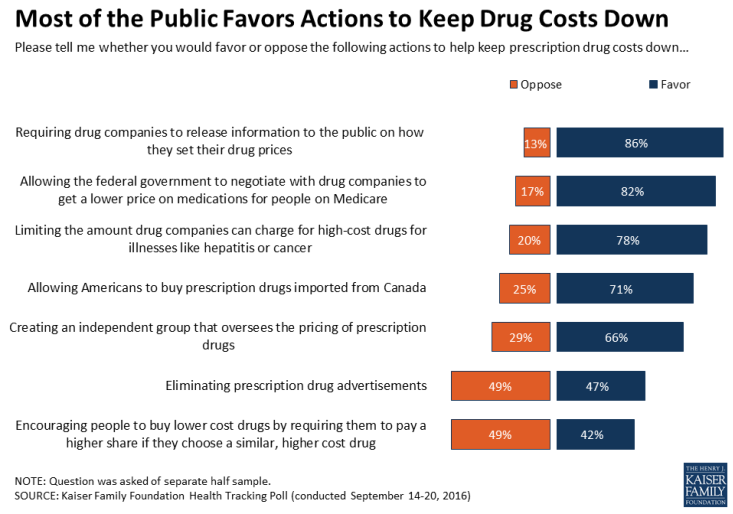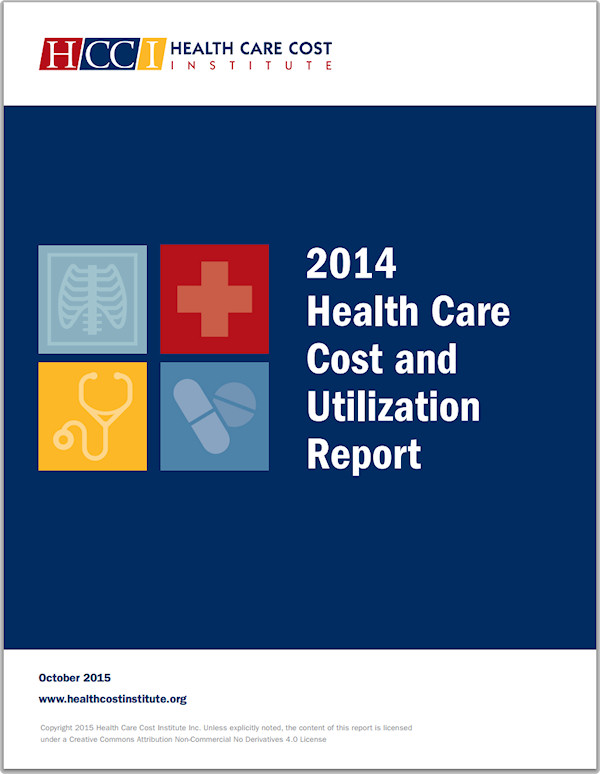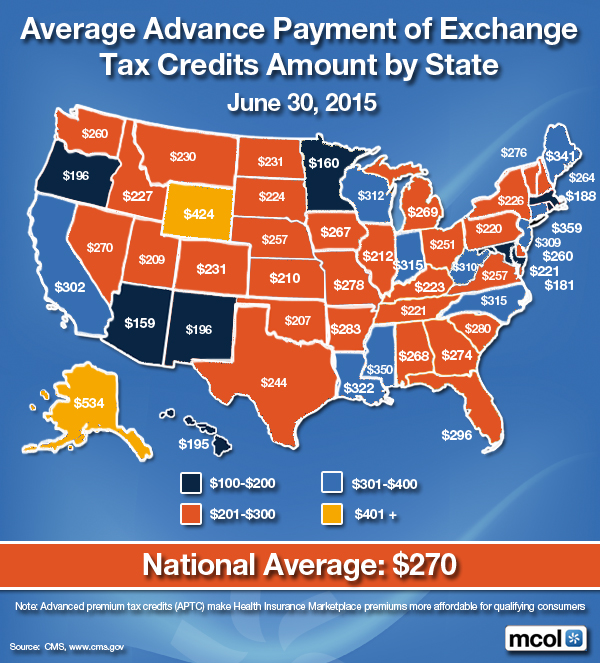Health Plans and the Opiod Abuse Crisis
|
By Clive Riddle, April 7, 2017
The
Associated Press reports that Dr. Scott Gottlieb, “the doctor
nominated to head the powerful Food and Drug Administration told
senators Wednesday that his first priority would be tackling the opioid
crisis.”
What are health plans doing about Opiod Abuse? Last June, the
California Health Care Foundation
released a report taking the
issue on:
Changing Course: The Role of Health Plans in Curbing the Opioid Epidemic,
along with companion California health plan case studies and an
infographic. Nationally, last fall AHIP weighed in, discussing how
health plans are
Fighting Opioid Abuse With Solutions That Work.
So what are some current developments on the health plan Opioid Abuse
front?
Cigna has just announced
that
Use of Prescribed Opioids Down Nearly 12 Percent Over 12 Months Among
Cigna Customers.
Cigna reports that “58 medical groups participating in Cigna
Collaborative Care, representing nearly 62,000 doctors, have signed
Cigna's pledge to reduce opioid prescribing and to treat opioid use
disorder as a chronic condition.”
Cigna states that their program works with participating doctors to: (1)
Analyze integrated claims data across pharmacy and medical benefits to
detect opioid use patterns that suggest possible misuse by individuals,
and then notifying their health care providers; (2) Alert doctors when
their opioid prescribing patterns are not consistent with CDC
guidelines; and (3) Establish a database of opioid quality improvement
initiatives for doctors.
Cigna also reports that “effective July 1, most new prescriptions for a
long-acting opioid that are not being used as part of treatment for
cancer or sickle cell disease, or for hospice care, will be subject to
prior authorization, and most new prescriptions for a short-acting
opioid will be subject to quantity limits.”
Last week the
Wisconsin Association
of Health Plans announced their member plans have
jointly committed to combating opioid abuse and addiction in Wisconsin
and effective April 1, Wisconsin's community-based health plans are
collaborating on new initiatives.
The Association members agreed to: (1) support the Association’s
Statement of Principles for addressing opioid abuse
that “form the basis for sharing information, best practices and
evidence-based strategies”; (2) Track morphine equivalent dose and
first-time user trends for their individual and employer group members,,
generating comparative data to enrich provider education and management
of prescription drug formularies and coverage policies; (3) Work with
provider partners to support strategies to reduce and control the level
of opioid prescribing; (4) Share methodologies, best practices and
evidence-based strategies to improve the quality of pain management and
opioid prescribing; and (5) Ensure that every member suffering from
opioid abuse has access to medically-appropriate treatment options.
Two weeks ago
BlueCross BlueShield
of Western New York released episode four of their Point
of Health Audiocast, “Addressing
the Opioid Epidemic from a Health Plan Perspective,”
aimed at increasing awareness of the issue and engaging stakeholders.
FamilyCare Health,
a health plan serving Oregon Medicaid and Medicare members, “kicks
off its 4-part Opioid Training series for providers
on Thursday, April 27, 2017 with ‘Buprenorphine: What we know and what
we don’t. Prescribing safely for pain management and opioid dependence.’
“
And last week,
Prime Therapeutics, the
Blue Cross Blue Shield Association PBM, released two
studies,
highlighting strategies for addressing opioid epidemic.
The first study “analyzed concurrent use of opioids with
benzodiazepines”, citing “previous research has shown concurrent use of
these two types of drugs can increase the risk of overdose and death,”
and “found more than one in six opioid users without cancer – or nine
per 1,000 commercially insured members – used these two drugs
concurrently for 30 days or more in 2015.” Their second study “found
pharmacists based in a PBM or health plan, who do outreach to
prescribers, can reduce emergency room visits and controlled substance
drug costs among persistent users of controlled substances.” Following
the outreach conducted with the study intervention group, “controlled
substances drug costs per member for the intervention group dropped from
$5,802 to $5,148, while controlled substance drug costs increased for
the control group from $3,511 to $3,627 per member. Emergency department
visits were 6.4 percent lower in the intervention group, compared with
the control group.” |
 Post a Comment By
Post a Comment By  Riddle, Clive |
Riddle, Clive |  Friday, April 7, 2017 at 10:24AM tagged
Friday, April 7, 2017 at 10:24AM tagged  Clinical & Quality|
Clinical & Quality|  Cost & Utilization|
Cost & Utilization|  health plans
health plans 



